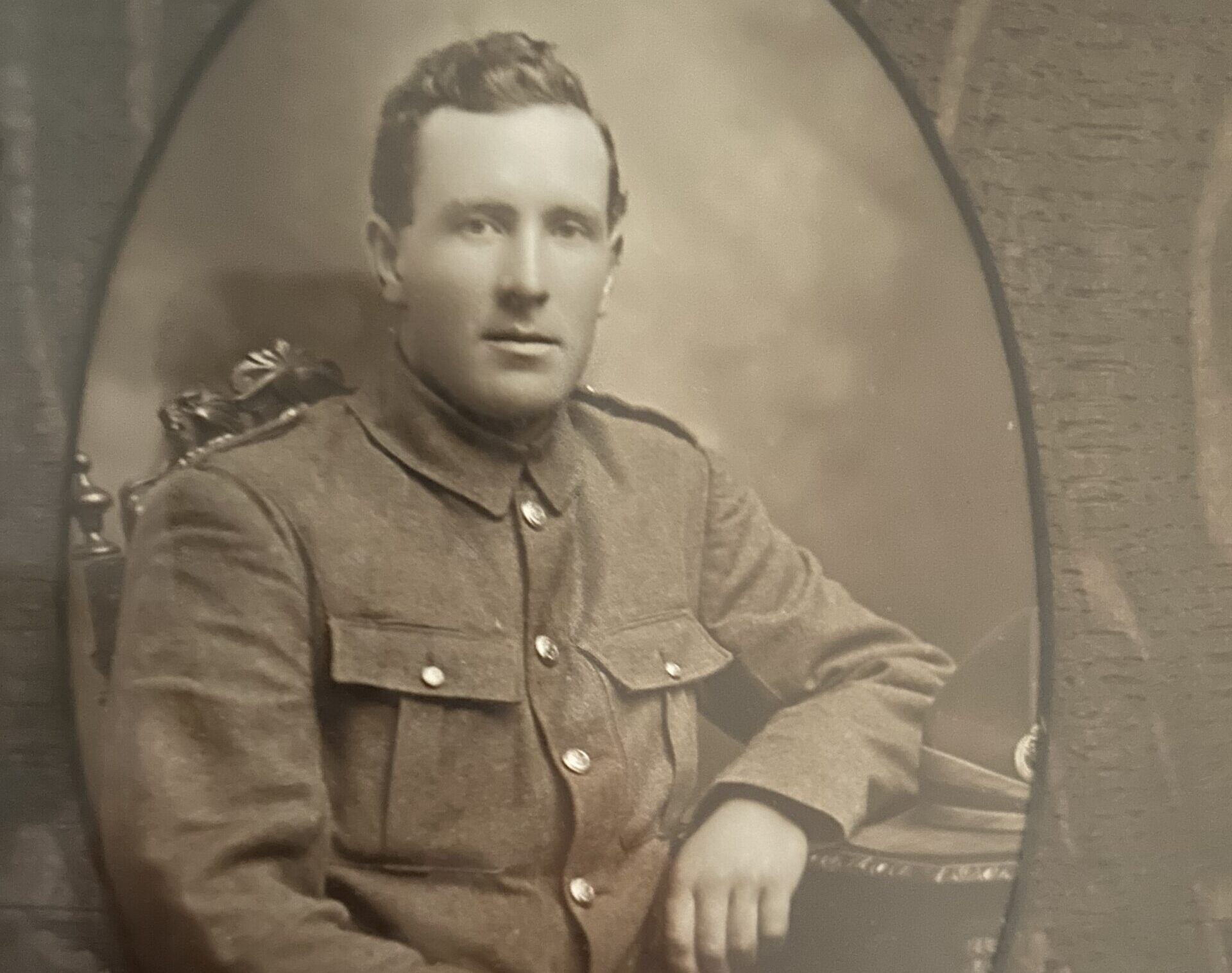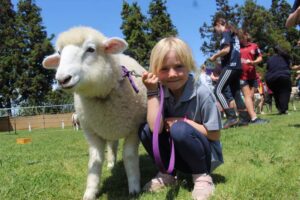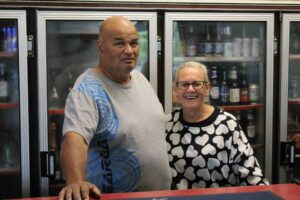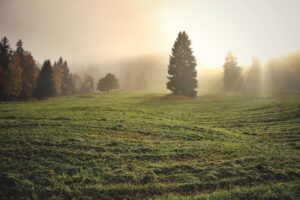Before becoming Kerepēhi farmers, James and Thomas Lynch lived a very different life.
The brothers both served in World War I, with James [Jim] part of the 2nd Otago Regiment, and Thomas [Tom] part of the Otago lnfantry Battalion.
Tom was working as a plumber in Dunedin before the onset of the war, and during action on May 9, 1918, he was taken prisoner and transported to a camp in Germany. From there, he was moved to the Napoleonic Fort MacDonald in France which was known as the ‘Black Hole of Lille’.
Now, Jim’s son Willie Lynch is throwing his support behind a project that honours the Kiwi soldiers who sacrificed their livelihoods for the world’s freedom.
The New Zealand Liberation Museum Te Arawhata will be officially opened at Le Quesnoy, France on October 11, more than 100 years after the end of World War I.
The museum, driven by the New Zealand Memorial Museum Trust – Le Quesnoy, will be brought to life by Wētā Workshop, and will be based inside a historic 1890s mansion.
Willie, who was previously a chartered accountant in Paeroa, is a major patron for the project and said his appreciation for the sacrifices made by Kiwi soldiers has compelled him to throw his support behind it.
“The fact that our servicemen contributed to the Allied war effort has helped make New Zealand what it is today – we’ve had freedom, total freedom, along with lifestyle and job opportunities that we otherwise would not have had,” he said.
“That freedom has been achieved by war veterans who just happened to be born in the wrong time of history.”
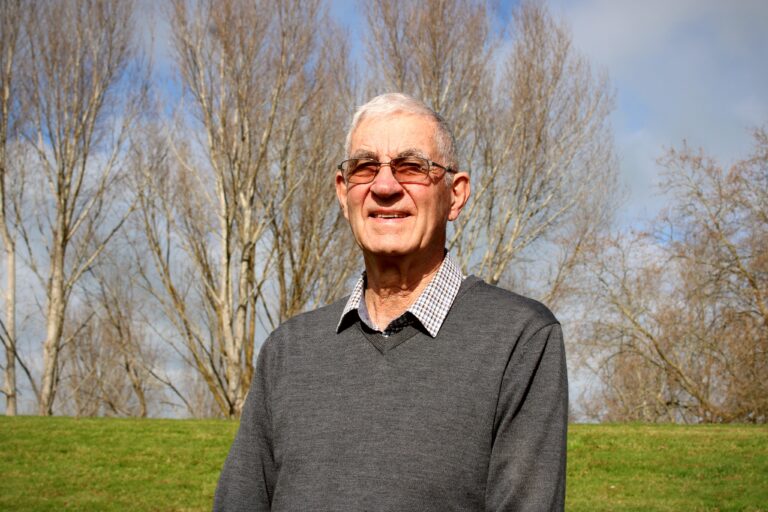
New Zealand has three battlefield memorials on the Western Front at Longueval (France), Messines and Gravenstafel (Belgium), and a fourth memorial in a sculptured plaque on the ramparts at Le Quesnoy, however the museum trust said Aotearoa did not have a museum there where people could gather to reflect and remember.
Willie said it was a $15m project that still required a final $3m of donations to complete. To him, it was a “project of national significance”.
Willie’s dad and uncle arrived home from the war and, as was common for returning soldiers, were given land. There’s was located in Kaihere, but the brothers’ first attempt to establish farms was abandoned after several years due to the ‘peat swamp’ nature of the terrain.
Jim and Tom moved on to set up dairy farms at Kerepēhi on the Hauraki Plains and those farms are still in the Lynch family today, owned by Michael Lynch and farmed by his son Richard.
Their sister Eileen Leonard still owns and resides on the Leonard family farm in Ngātea, first settled in 1910 via a ballot purchase scheme for early settlers.
Willie said Eileen’s son Patrick and wife Kristin sharemilk on the property as well as own another dairy farm at Mangatarata.
Tom’s daughter Jo Whitehead still resides in Thames, while records state that Tom himself died from a heart attack in 1954, after “running up and down a paddock waving his arms about chasing cows the day before”. Every shop in Paeroa was said to be closed for his funeral.
“It’s only now that I’ve really had time to think about it all,” Willie told The Profile, “and it’s impossible to comprehend what their lives were like back then.”
DETAILS: For more information about the New Zealand Liberation Museum – Te Arawhata project, or to donate visit https://nzmmtlq.nz/

